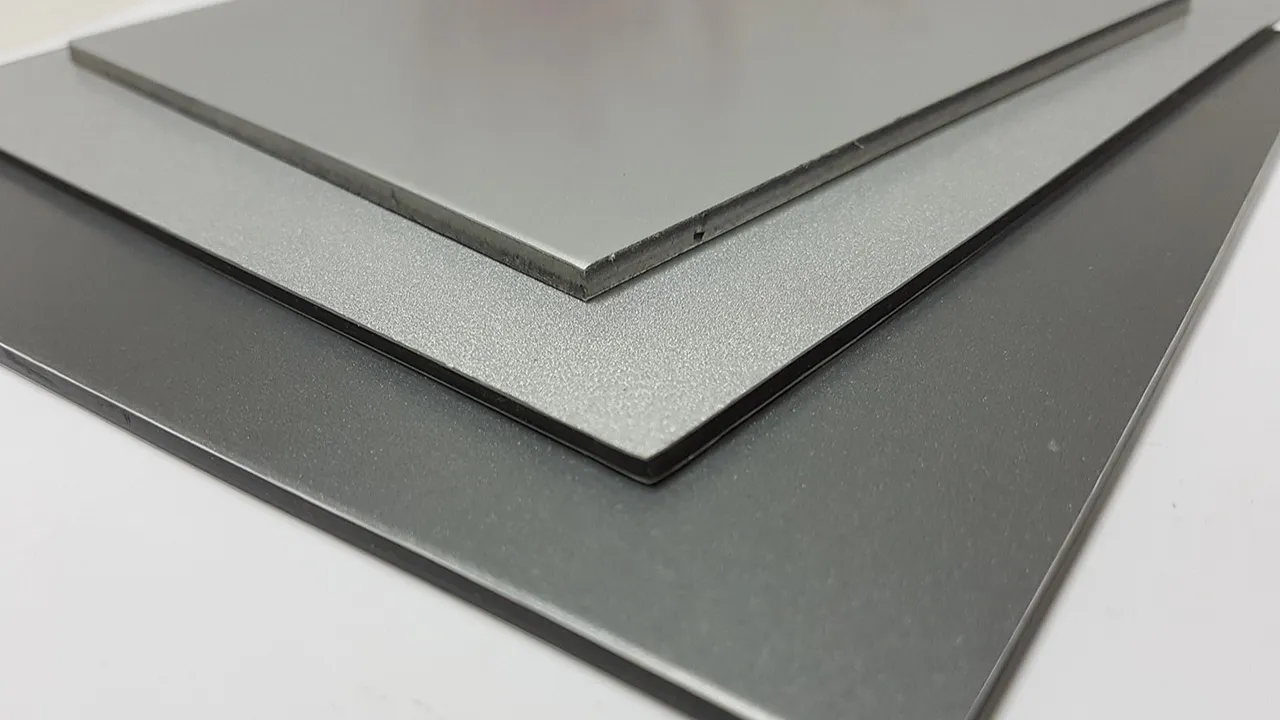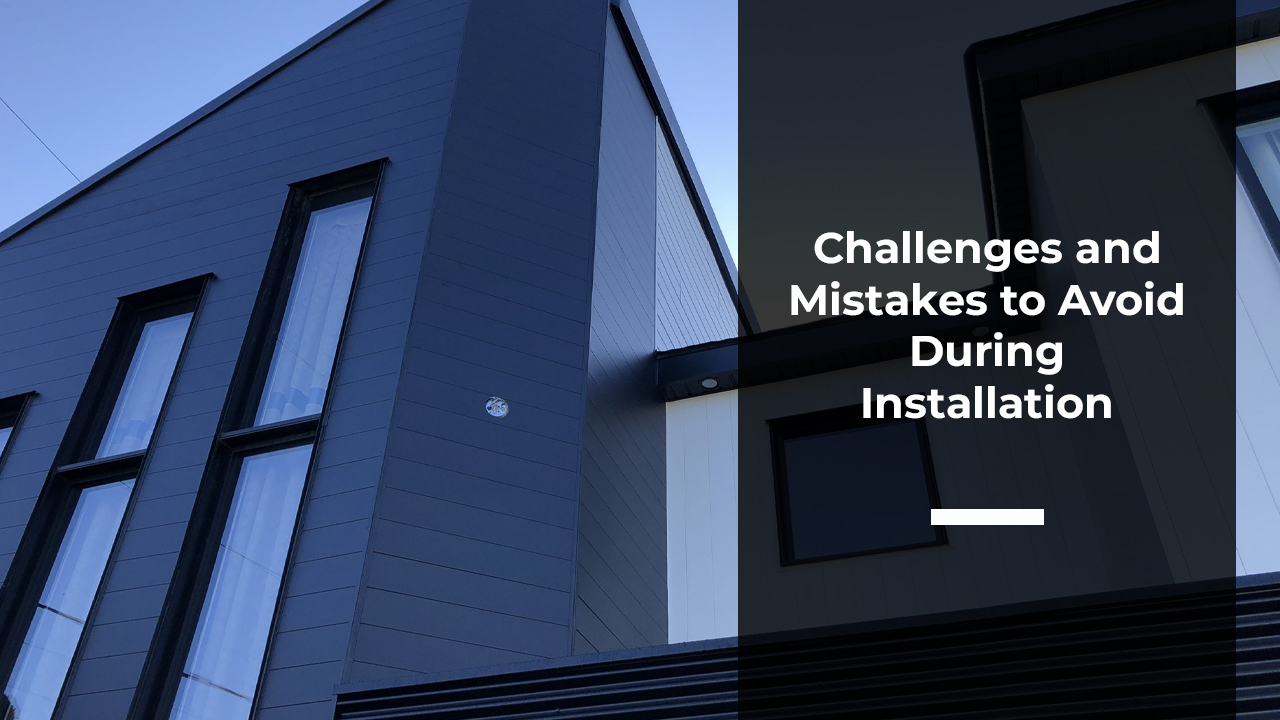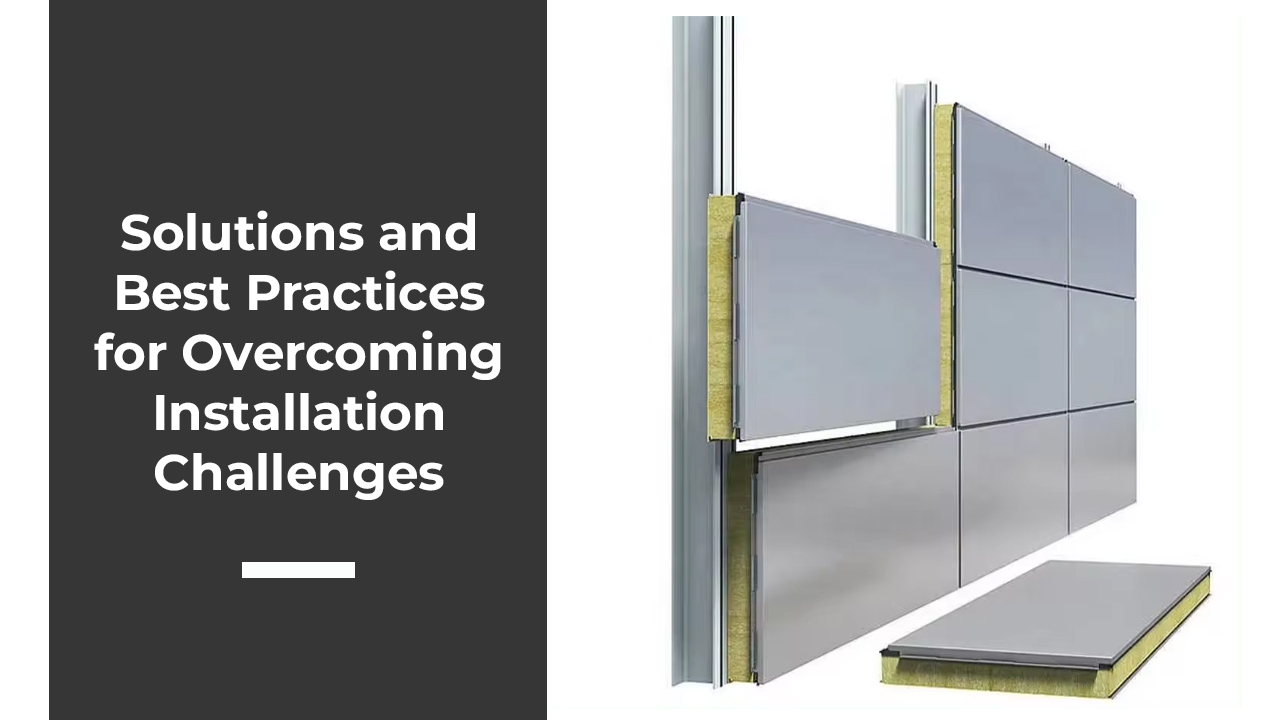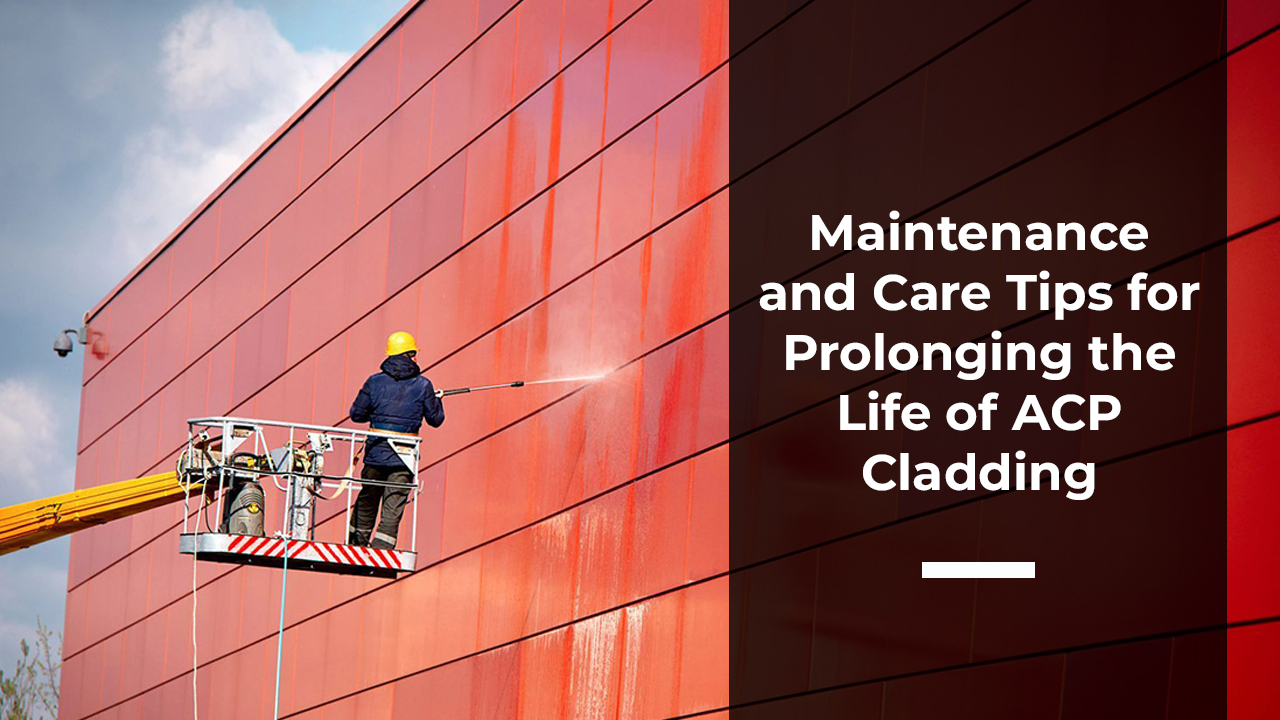
When it comes to ACP (Aluminum Composite Panel) cladding installation in UAE, following the right procedures and best practices is crucial for achieving a flawless and long-lasting result. In this comprehensive guide, we'll explore the step-by-step installation process, common challenges and mistakes to avoid, and solutions and maintenance tips to ensure the longevity of your ACP cladding work.
Step-by-Step Guide to ACP Cladding Installation:

Preparation: Ensure that the substrate surface is clean, dry, and free from any debris or contaminants. Proper surface preparation is essential for effective adhesion of the ACP cladding panels.
Layout and Planning: Carefully plan the layout of the ACP cladding panels, taking into account the building's design, panel sizes, and any necessary trim or accessory pieces. Proper planning can minimize waste and ensure a seamless installation.
Framing and Support Structure: Install the necessary framing and support structure according to the manufacturer's specifications and local building codes. This will provide a secure base for the ACP cladding panels.
Panel Cutting and Fabrication: If required, cut and fabricate the ACP cladding panels to fit the specific dimensions of the project. Use appropriate tools and follow safety guidelines to ensure precise cuts and mitered edges.
Panel Installation: Follow the manufacturer's recommended installation method, which may involve using mechanical fasteners, structural silicone adhesives, or a combination of both. Ensure proper alignment, spacing, and secure attachment of the panels.
Sealing and Finishing: Apply appropriate sealants and gaskets around the panel joints and transitions to prevent water infiltration and maintain the desired aesthetic appearance.
Inspection and Quality Control: Conduct thorough inspections during and after the installation process to identify and address any issues or defects, ensuring a high-quality and long-lasting installation.
Common Challenges and Mistakes to Avoid During Installation:

- Improper Surface Preparation: Failing to properly clean and prepare the substrate surface can lead to poor adhesion and potential panel delamination over time.
- Incorrect Panel Handling: Mishandling the ACP cladding panels during transportation, storage, or installation can cause dents, scratches, or other damage, compromising the overall appearance and integrity of the cladding.
- Inadequate Support Structure: An insufficient or improperly designed support structure can lead to panel sagging, deflection, or even failure, posing safety risks and compromising the longevity of the installation.
- Incorrect Panel Alignment and Spacing: Improper panel alignment and spacing can result in an uneven or unsightly appearance, as well as potential water infiltration issues.
- Neglecting Manufacturer's Instructions: Failure to follow the ACP cladding manufacturer's specific installation guidelines and recommendations can lead to various issues and may void warranties.
Solutions and Best Practices for Overcoming Installation Challenges:

- Proper Training and Expertise: Ensure that the installation team is properly trained and experienced in ACP cladding installation techniques. Working with reputable ACP cladding suppliers and manufacturers in UAE can provide access to professional installation guidance and support.
- Strict Adherence to Manufacturer's Guidelines: Carefully follow the ACP cladding manufacturer's instructions for installation, handling, and maintenance to ensure the best possible results and longevity of the cladding.
- Use of Appropriate Tools and Equipment: Invest in high-quality tools and equipment specifically designed for ACP cladding installation, such as panel handling equipment, cutting tools, and fastening systems.
- Adequate Site Protection: Protect the ACP cladding panels from potential damage during installation by implementing proper site protection measures, such as covering panels, using protective equipment, and maintaining a clean and organized work area.
- Quality Control and Inspections: Regularly inspect the installation process and completed work to identify and address any issues or defects promptly, ensuring a high-quality final product.
Maintenance and Care Tips for Prolonging the Life of ACP Cladding:

- Regular Cleaning: Establish a routine for cleaning the ACP cladding panels using mild detergents and soft brushes or cloths. This will help maintain their appearance and prevent the buildup of dirt, grime, or other contaminants.
- Promptly Address Damage or Defects: If any damage or defects are observed, such as scratches, dents, or panel delamination, address them promptly to prevent further deterioration and maintain the integrity of the cladding.
- Periodic Inspections: Conduct periodic inspections of the ACP cladding installation to identify any potential issues, such as loose panels, damaged sealants, or water infiltration. Addressing these issues early can prevent more significant problems in the future.
- Avoid Harsh Chemicals or Abrasives: When cleaning or maintaining the ACP cladding, avoid the use of harsh chemicals, abrasives, or high-pressure washing, as these can damage the panel surface or finishes.
- Follow Manufacturer's Maintenance Recommendations: Refer to the ACP cladding manufacturer's specific maintenance recommendations and guidelines to ensure proper care and longevity of the cladding system.
By following these best practices, addressing common challenges, and implementing proper maintenance procedures, you can ensure a successful ACP cladding installation in UAE that not only enhances the aesthetic appeal of your building but also provides long-lasting performance and durability.
For a comprehensive overview of ACP cladding types, benefits, and applications, read our blog "Everything About ACP Cladding from Types and Benefits to Applications"
Explore the latest design trends and inspiring architectural projects featuring ACP cladding by checking out "Transforming Architecture with ACP Cladding Trends and Innovations."
